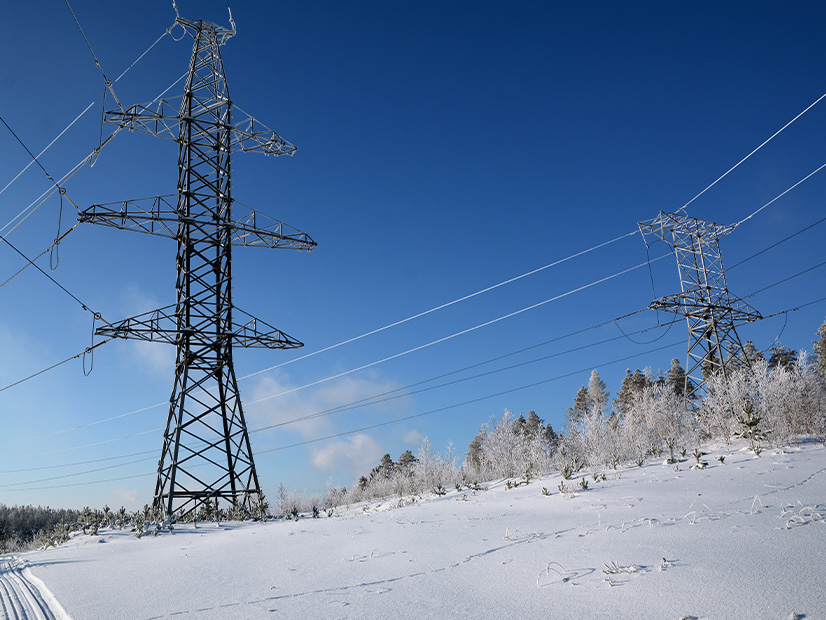
After multiple severe weather events threatened grid reliability in recent years, the ongoing threat of winter weather is well known. But in a webinar hosted by the American Council on Renewable Energy on Dec. 5, several speakers said the risks to one particular customer are not fully appreciated.
Planning processes “do not take Department of Defense or national security loads into account,” said Jonathon Monken, a principal at consulting firm Converge Strategies. According to the most recently available data for fiscal 2021, there were more than 6,000 energy outages at DOD installations across the U.S., he said. The potential for mission impact is significant. “As far as I know, they’re the only [grid] customer that launches nuclear missiles.”
The webinar focused on the dangers extreme weather could pose to electric reliability at military bases and other critical national security loads. The topic was timely, considering multiple reports in the past month highlighting the risk of extreme weather events to grid reliability.
NERC’s 2023 Winter Reliability Assessment, released last month, provided plenty of material for panelists, as did FERC and NERC’s final report on the December 2022 winter storms that caused widespread load shed across the Southeast U.S., released the same week. (See FERC-NERC Elliott Report Calls Winter Outages ‘Unacceptable’.) NERC’s assessment found that large portions of the North American electric grid are at risk of electric shortfalls in above-normal peak conditions. (See NERC: Grid Risks Widespread in Winter Months.)
Thomas Coleman, executive director of energy think tank SAFE’s grid security project, emphasized that the danger of military bases losing power goes beyond that of a typical business, because “each military installation is very unique” in terms of national security benefits.
Monken said part of the challenge is that “DOD is not steeped in a very deep understanding of how the [grid] works,” and base commanders in particular do not always understand the importance of “what’s happening outside of their fence line with regard to critical infrastructure.” He pointed out that 90% of DOD bases depend on commercial utilities for energy, and there are multiple areas in the country where clusters of military bases all rely on the same energy provider, creating a major common point of vulnerability.
Monken and Coleman suggested investments in transmission could help mitigate these vulnerabilities by removing some of these single points of failure. They said they hoped NERC’s Interregional Transfer Capability Study, which Congress ordered the ERO to complete by next December, would be an important step in identifying the places where transmission investments could help the most — not just for protecting national security, but with encouraging the adoption of renewable energy sources.
“Wind power in Iowa … is so much less expensive than what we’re seeing in New York and L.A. on the coasts, but we don’t really have the way to transmit those electrons to the coasts,” Coleman said.
Mark Olson, NERC’s manager of reliability assessments, said if grid planners and DOD work together, they can help understand each other’s needs and abilities. He said future studies can ensure the grid has the flexibility to always optimize energy use, rather than just avoid major catastrophes.
“We really need to understand all the unserved energy that is occurring over the span of a year … and when we can get our tools and planning processes to be able to have that kind of granular view, we’re in a much better position to be able to make sure all the critical needs are being met,” Olson said.


